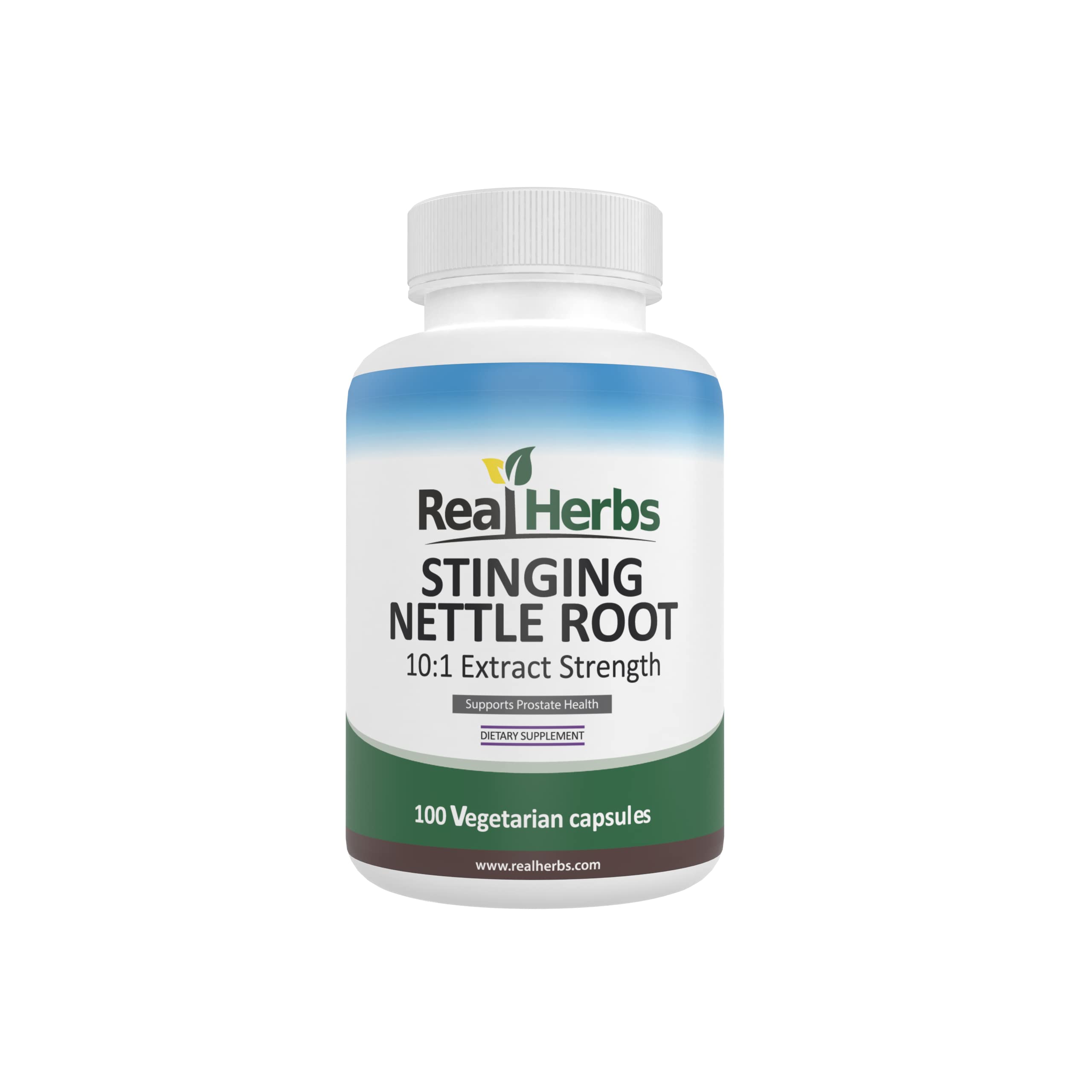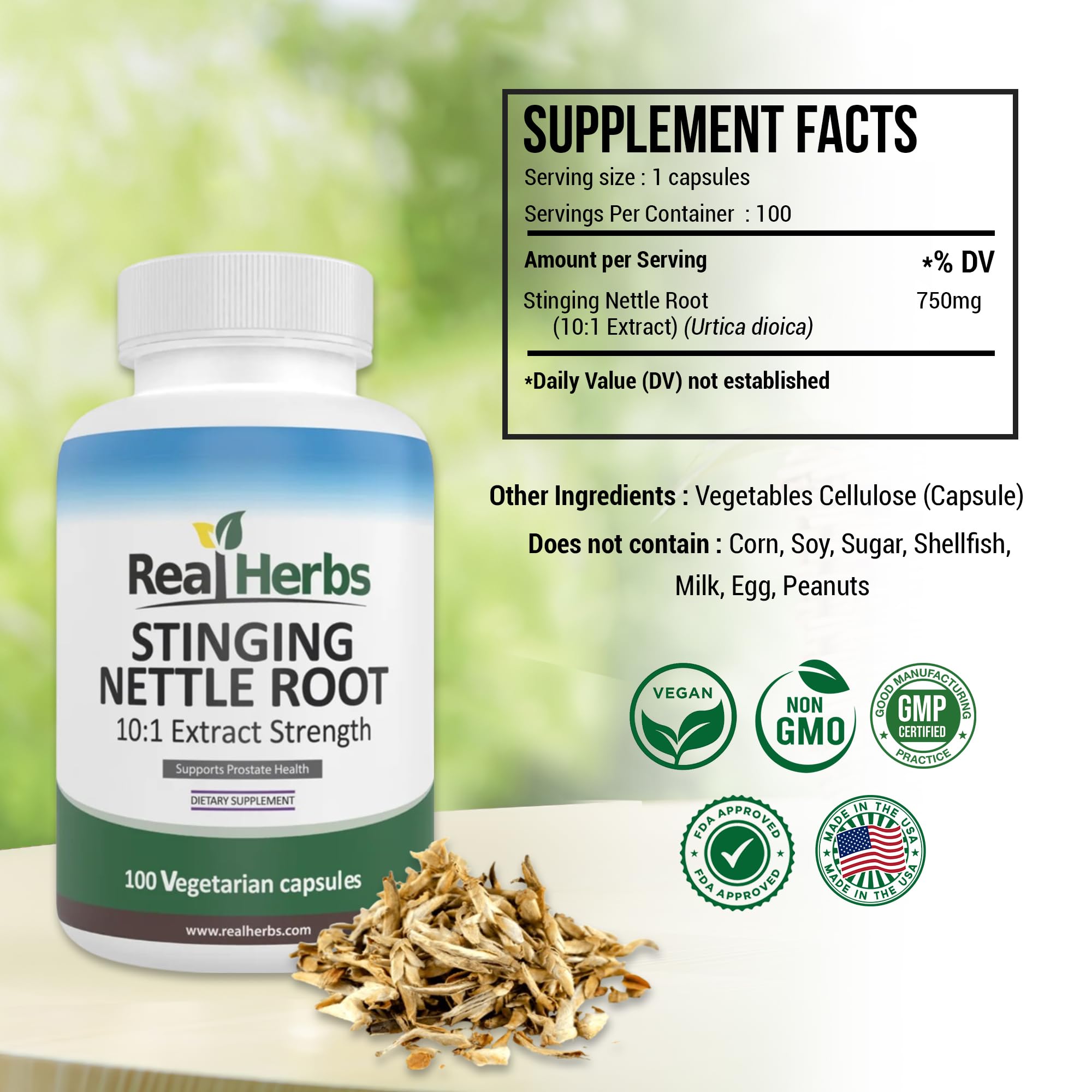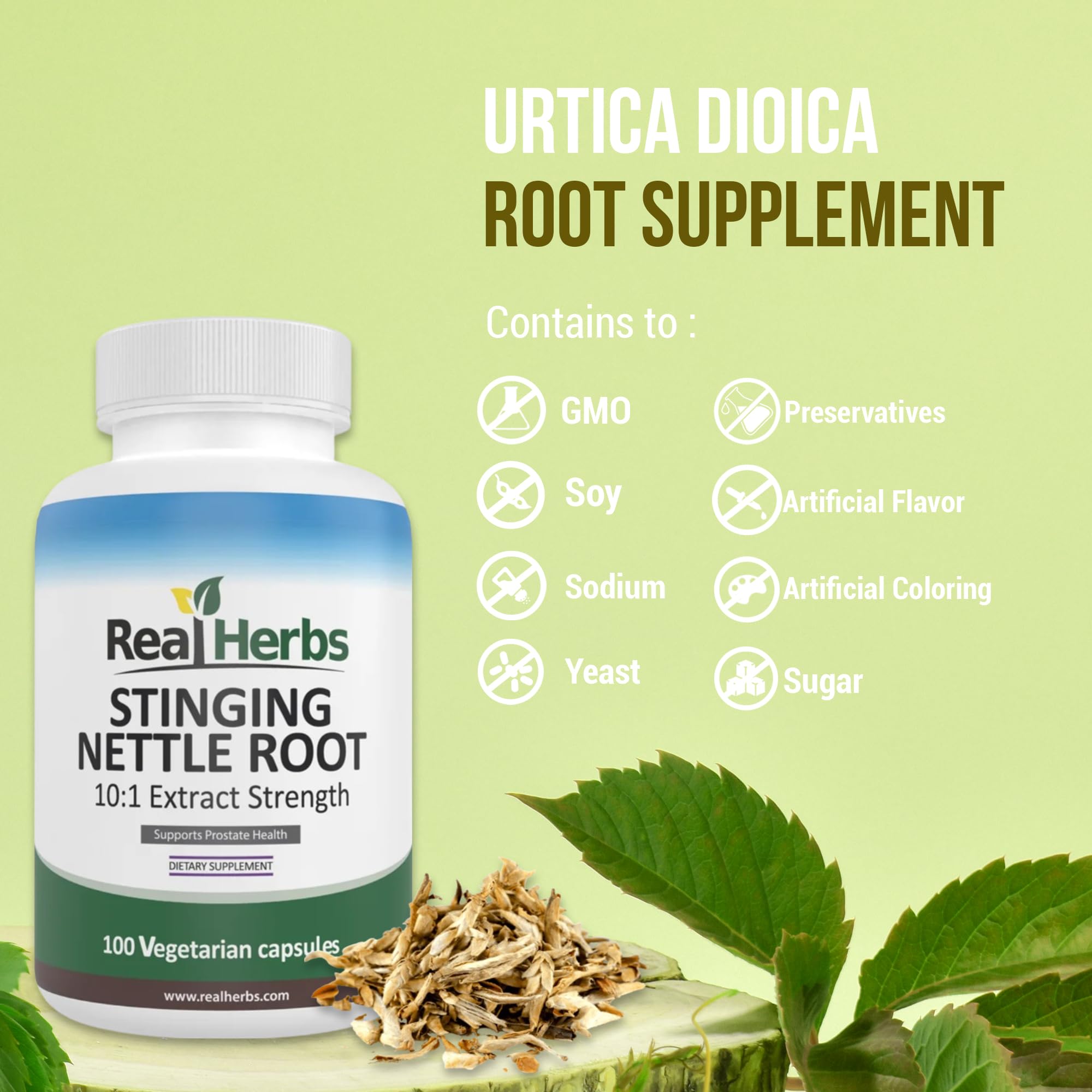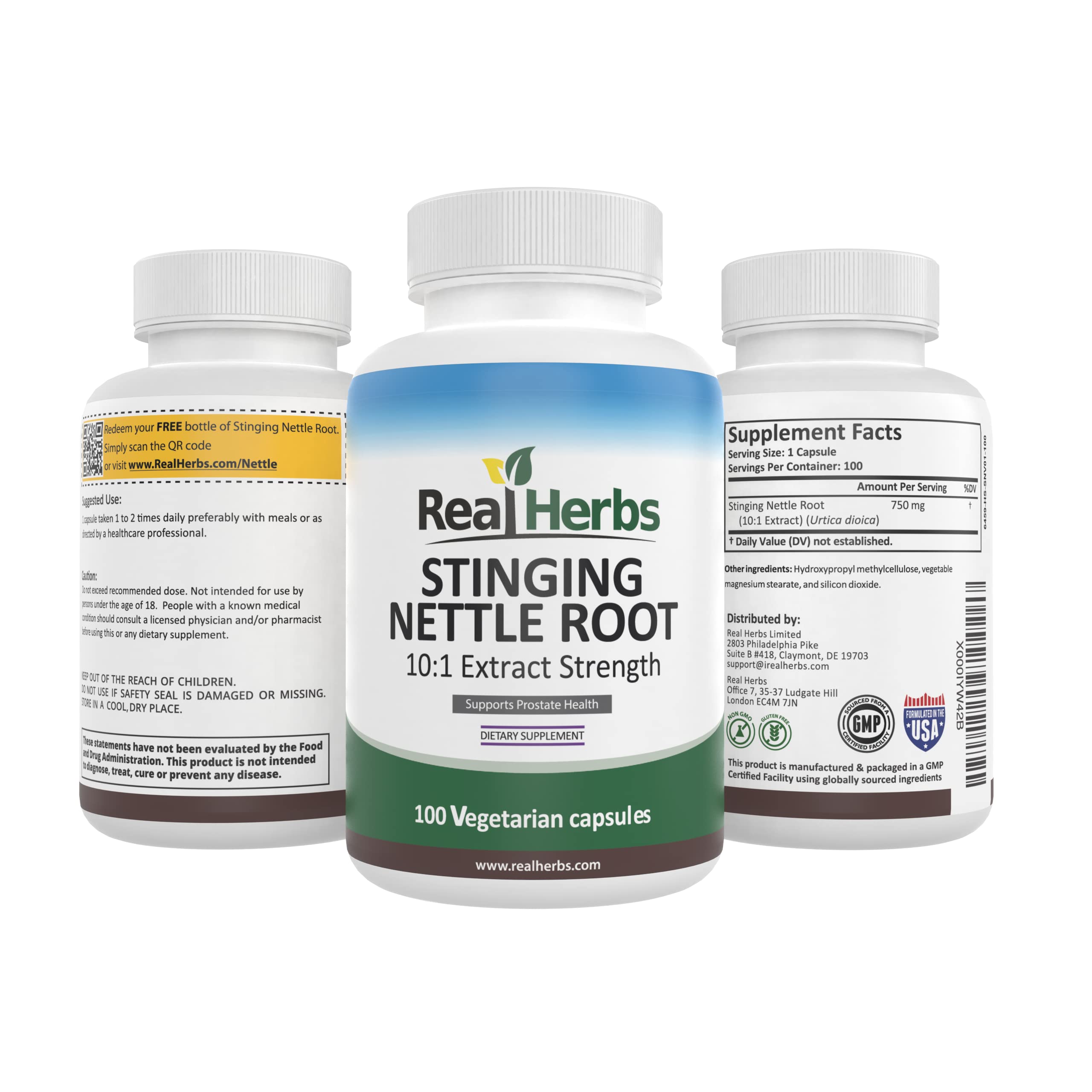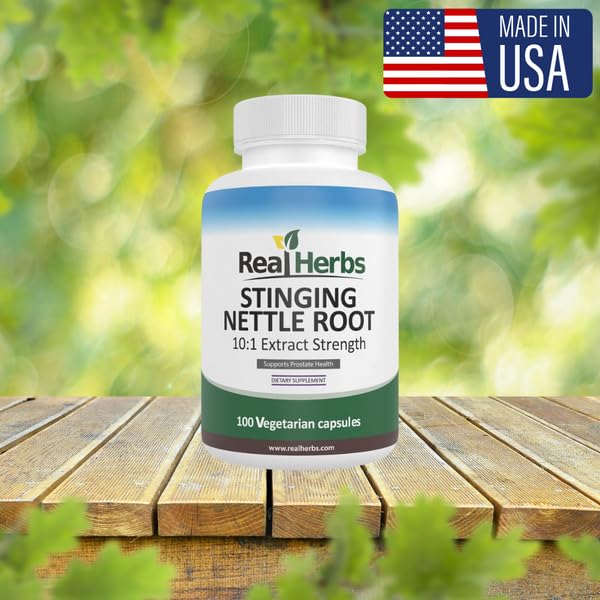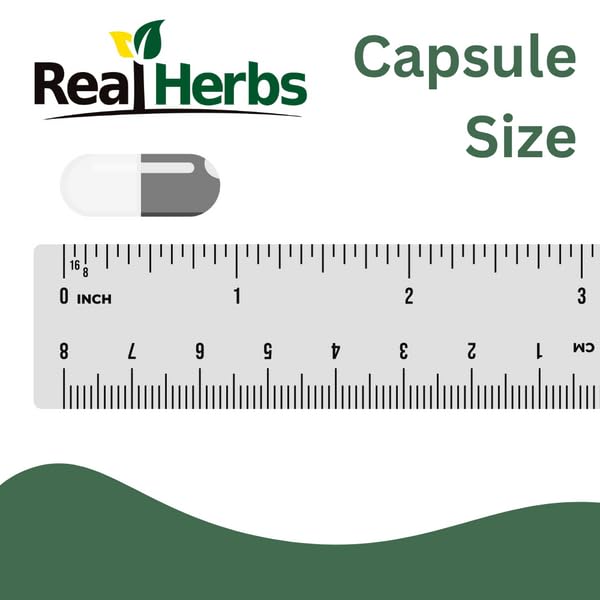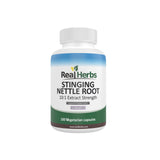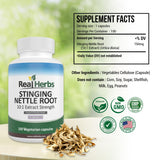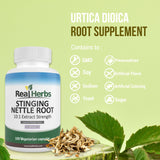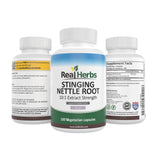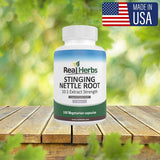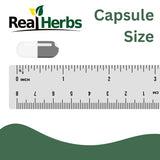Stinging Nettle Root and Fertility: Exploring its Effects on Reproductive Health
Introduction
In the realm of natural remedies for reproductive health, stinging nettle root has emerged as a subject of growing interest. This herb, known for its historical uses in traditional medicine, is now captivating the attention of those seeking alternative approaches to support fertility and overall reproductive well-being. In this article, we delve into the world of stinging nettle root, examining its nutritional composition, historical applications, and the scientific research that sheds light on its potential effects on fertility.
Overview of Stinging Nettle Root
Urtica dioica, commonly known as stinging nettle, is a perennial plant native to Europe, Asia, and North America. While its name may evoke images of discomfort due to the stinging hairs on its leaves, its root has been utilized for centuries in herbal medicine for various purposes. The plant's reputation extends beyond its ability to cause a mild, temporary rash upon contact.
Nutritional Composition
Stinging nettle root boasts a rich nutritional profile, containing a variety of vitamins, minerals, and bioactive compounds. Among its notable components are vitamins A and C, essential minerals like iron and magnesium, and unique phytochemicals such as lignans and flavonoids. These constituents contribute to the potential health benefits that make stinging nettle root a subject of scientific inquiry.
Historical Use in Reproductive Health
The historical use of stinging nettle root in promoting reproductive health dates back centuries. Various cultures have incorporated this herb into traditional remedies designed to address fertility concerns. From ancient civilizations to folk medicine practices, stinging nettle root has played a role in supporting reproductive well-being, and understanding these historical applications provides valuable context for its modern exploration.
Scientific Research
Recent years have witnessed a surge in scientific interest surrounding stinging nettle root and its impact on reproductive health. Studies, both animal and human, have sought to unravel the potential mechanisms through which this herbal remedy might exert its effects. In the following paragraphs, we will delve into key findings from the scientific literature, shedding light on the evolving understanding of stinging nettle root in the context of fertility.
Mechanisms of Action
To comprehend how stinging nettle root may influence reproductive health, it is crucial to explore its potential mechanisms of action. The herb contains a diverse array of bioactive compounds, including sterols, lignans, and polysaccharides, which may interact with the body's hormonal and immune systems. Some researchers propose that stinging nettle root might modulate hormonal balance, enhance blood flow, or exert antioxidant effects that could contribute to its impact on fertility.
Potential Benefits for Fertility
While research on stinging nettle root and fertility is still in its early stages, there are promising indications of potential benefits. Some studies suggest that stinging nettle root may positively affect sperm health by improving sperm count and motility. Additionally, its potential role in hormonal balance could be relevant for both male and female reproductive systems. However, it is essential to interpret these findings with caution, as more research is needed to establish definitive connections between stinging nettle root and fertility outcomes.
Considerations and Precautions
Before incorporating stinging nettle root into a fertility regimen, it's important to consider potential side effects and interactions. While generally considered safe for most people, some individuals may experience mild allergic reactions or gastrointestinal discomfort. Moreover, stinging nettle may interact with certain medications, emphasizing the importance of consulting with a healthcare professional, especially for those with pre-existing conditions or taking medications that may be affected.
Usage and Dosage
Stinging nettle root is commonly consumed in various forms, including teas, tinctures, or supplements. Determining the appropriate dosage can vary based on the specific product and individual health factors. It is advisable to start with lower doses and gradually increase while monitoring for any adverse reactions. Consulting with a healthcare provider can provide personalized guidance on usage and dosage.
Conclusion
In conclusion, the exploration of stinging nettle root and its potential effects on reproductive health is a dynamic and evolving field. While historical uses and some preliminary research suggest promising avenues, more robust scientific investigations are warranted to establish clear connections. As individuals navigate the realm of natural remedies for fertility, a cautious and informed approach is crucial. Stinging nettle root may hold promise, but comprehensive understanding and guidance from healthcare professionals remain essential for those considering its incorporation into their reproductive wellness journey.

